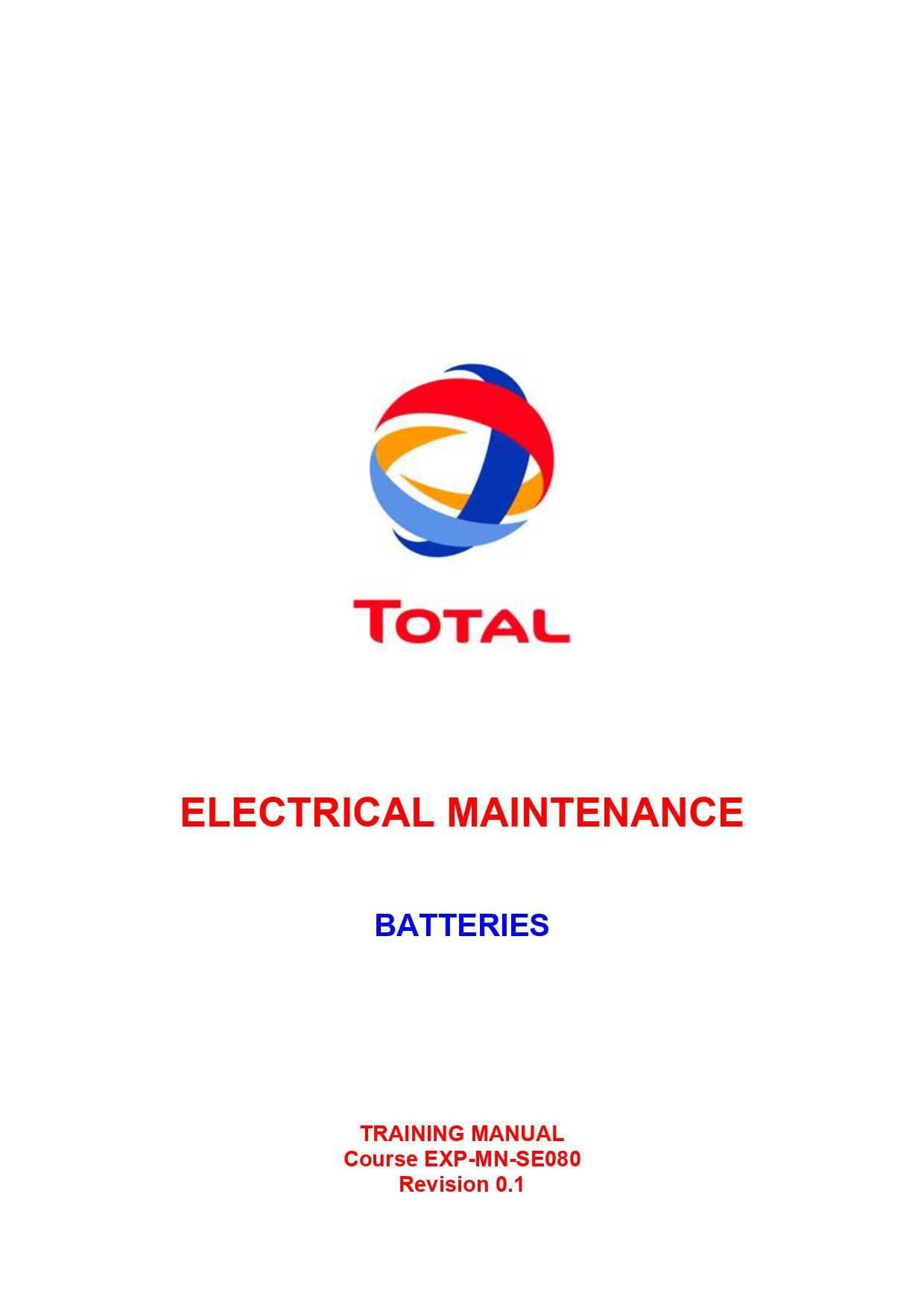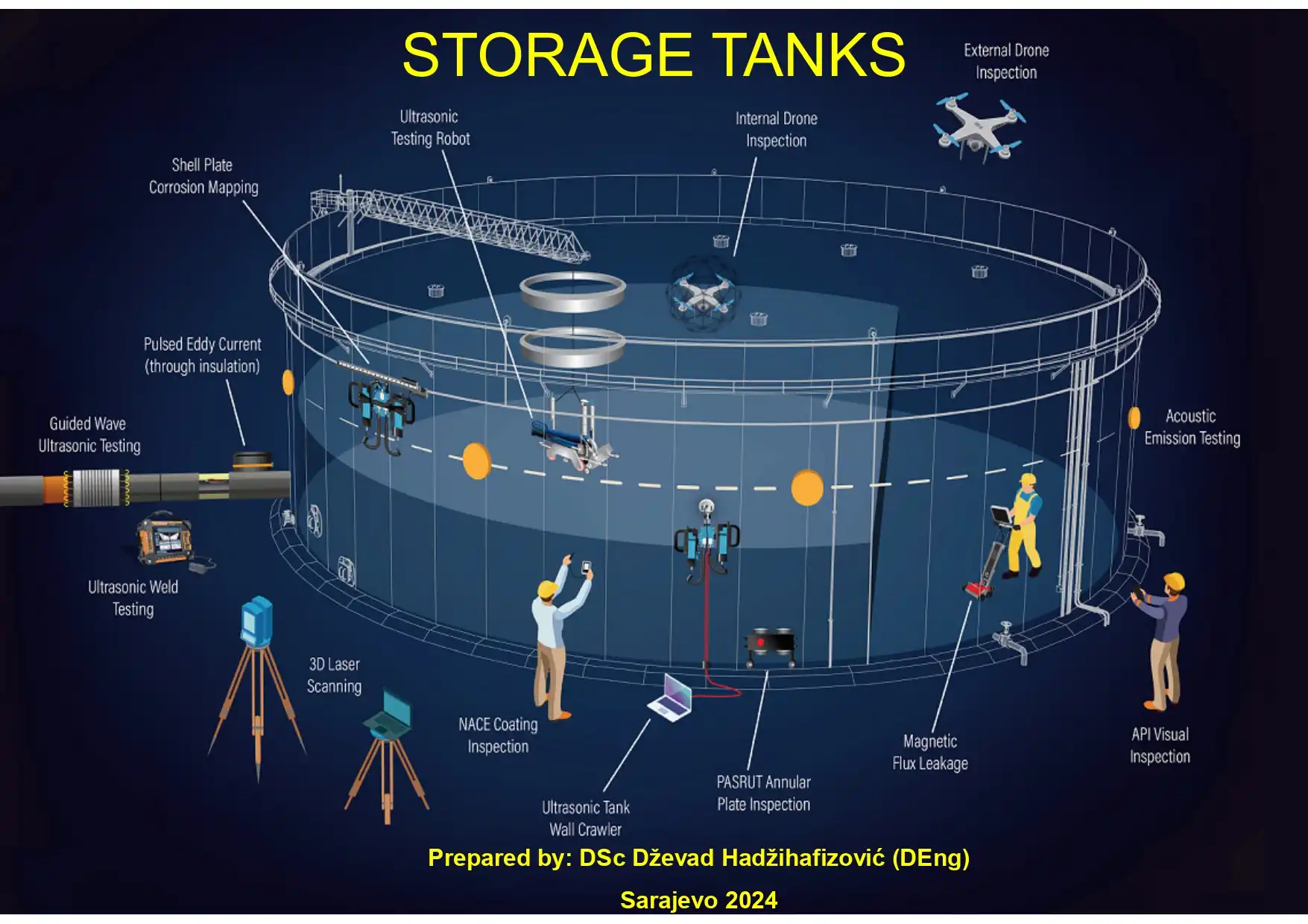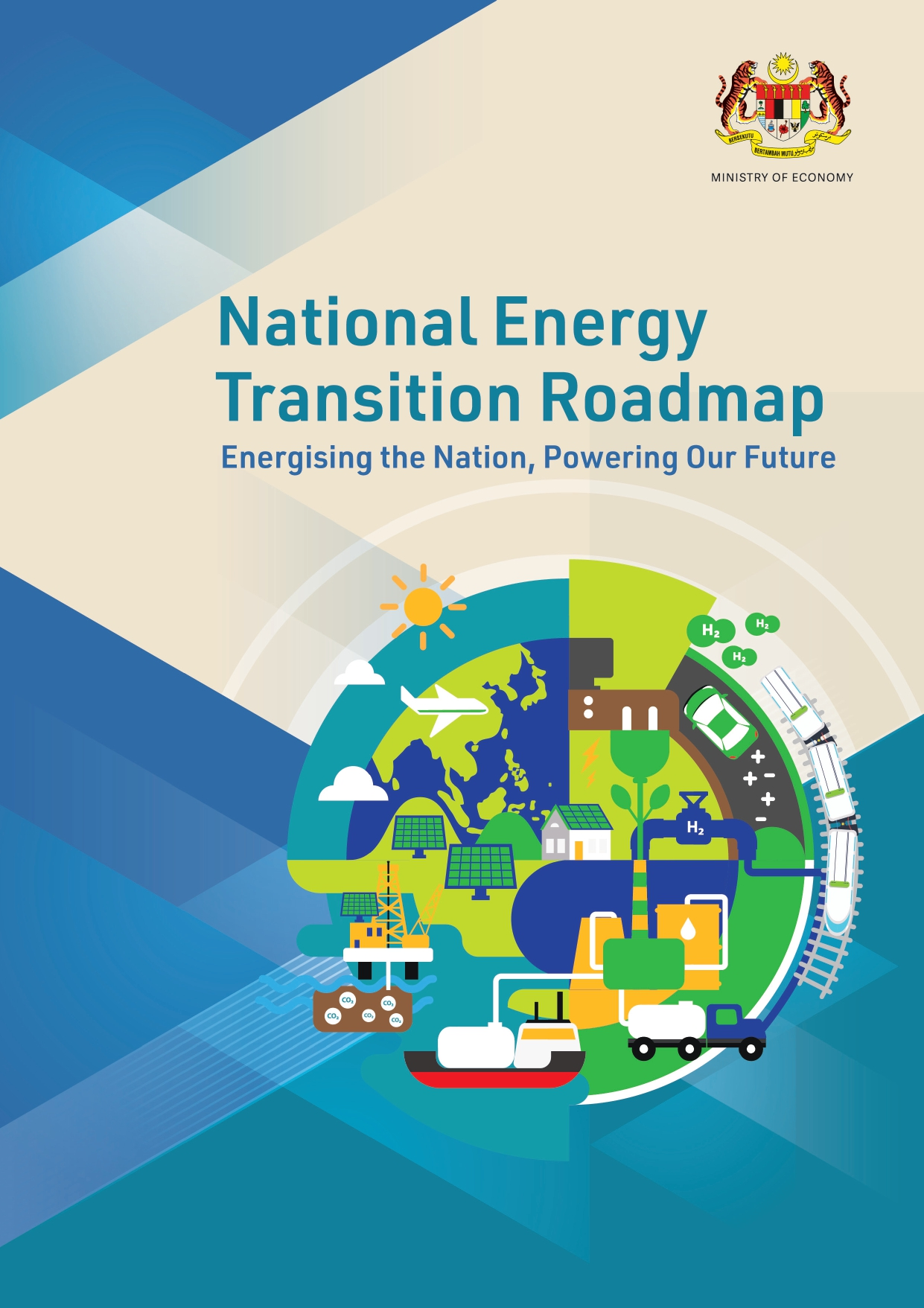National Energy Transition Roadmap
Malaysia is blessed with a strategic location, vast amounts of natural resources, potential renewable energy and a growing pool of talents who are appreciative of a green economy. One of the tenets of Ekonomi MADANI is spurring Malaysia’s green growth for climate resilience.
National Energy Transition Roadmap
Malaysia is blessed with a strategic location, vast amounts of natural resources, potential renewable energy and a growing pool of talents who are appreciative of a green economy. One of the tenets of Ekonomi MADANI is spurring Malaysia’s green growth for climate resilience.








